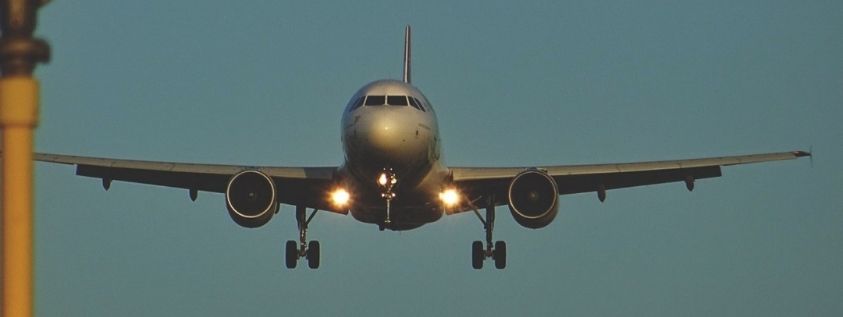No doubt we have heard or followed the news of an emergency landing. The last one with media repercussions occurred in Madrid in February 2020, when an Air Canada Boeing 767 declared an emergency shortly after take-off. The plane spent up to six hours orbiting the Madrid sky before landing back at Barajas airport. The main reason for this manoeuvre was to get rid of several tonnes of fuel, the weight of which would have made landing impossible.
In this article we will see how fuel becomes a key element when an aircraft needs to make an emergency landing, especially if it has just taken off and its fuel tanks are full of paraffin.
Weight of a plane:
When an emergency occurs, in most cases the aircraft must descend and land as soon as possible, but it is very likely that if the aircraft has just taken off, the weight of the fuel stored in its tanks will become a serious obstacle to the manoeuvre.
This is because just as an aircraft has a maximum take-off weight, known as Maximum Take-Off Weight (MTOW), so too does it have a Maximum Landing Weight (MLW). The factors that determine what that Maximum Landing Weight (MLW) is:
- For take-off: This is determined on the basis of the power of the engines and the aircraft’s ability to generate lift.
- For landing: It is marked according to the structural limit, either by the fuselage, landing gear or tyres.
After a trip of any distance, the weight of the aircraft on landing is always less than the take-off weight. This difference is more noticeable in long-range aircraft. This variation is due to the fact that aircraft progressively reduce their weight during flight due to fuel consumption. But what happens if an aircraft needs to make an emergency landing and has just taken off with full fuel tanks, as happened with the Air Canada aircraft in Madrid? To solve this type of problem and lighten the weight of the aircraft, fuel relief systems were developed.
Fuel discharge systems
Some aircraft are equipped with a valve system that allows them to discharge fuel to the outside. The fuel atomises on contact with the air and allows for rapid and efficient venting, but we will now see that this procedure cannot always be used or is not always carried out properly.
To give an example, in January last year a Delta Airlines flight suffered an emergency shortly after take-off from Los Angeles (California) which required an emergency landing and consequently the release of fuel. But the fuel was released over the city, causing health problems for several children and adults at a school near the airport.
Not all aircraft are fitted with a fast fuel release system, nor is it appropriate at all times.
These systems are usually fitted on long-range aircraft, such as the Boeing 747 or A380, as they have a very high refuelling capacity. On short to medium range aircraft, these systems are not usually fitted, except in rare cases such as the Boeing B767, which was designed without such a system, but was retrofitted later.
Let’s remember that nowadays the landing requirements for aircraft are not based on maximum weight, but rather on whether they have certain emergency climb capabilities. In other words, if an aircraft (even if heavily fuelled) is able to climb to a safe altitude in the event of engine failure or to abort a landing attempt 15 minutes after take-off, it is not required to have a fuel dump system installed.
The decision to release fuel or not is up to the pilots. They are the ones who assess the severity of the emergency and determine whether the conditions are appropriate for an emergency landing, based on the procedures described for each case in the aircraft manual.
Some aircraft, such as the Airbus A320, however, are certified for MTOW landings because their design ensures that no structural damage occurs.
How does the fuel discharge system work?
In general, the device consists of a system of valves usually located at the wing tips of the aircraft so that the discharge is as far away as possible from the fuselage and engines. When actuated, the system allows paraffin to flow outwards. The fuel is expelled by gravity and by the pressure difference between the fuel tank and the outside.
A large aircraft can evacuate almost all of its fuel in 30 to 40 minutes with full tanks. These systems do not allow all the fuel to be evacuated, in the event that the valves fail and remain open longer than they should, while maintaining sufficient fuel to ensure that the safety of the flight is not compromised.
To operate the system, a certain minimum altitude is required to ensure complete evaporation of the fuel. This is between 5,000 and 6,000 feet. Otherwise, the fuel would not evaporate and what happened to the Delta Airlines Boeing 777 would occur.
Thus, in the case of the Air Canada Boeing 767 that spent six hours flying over Madrid, it is very likely that the aircraft was not equipped with this fuel dump system, and for this reason the pilots used the procedure foreseen in the aircraft’s manual to lighten the weight before landing.
